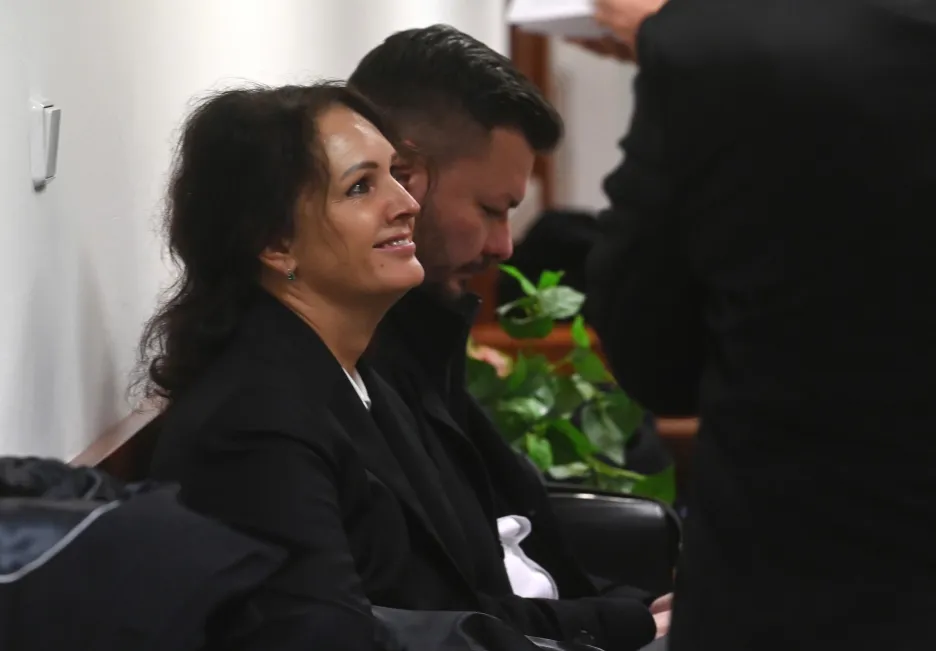By cable car, escalator or elevator to Špilberk Castle in Brno? Definitely a study
The output of the study will be a design and technical verification of transport options to make the castle more conveniently accessible to visitors from the city center. “According to the technical possibilities of running a cable car, escalator or elevator,” outlined Filip Poňuchálek, spokesman for the Brno municipality.
The project also includes the visitor potential and the mapping of the development possibilities of Špilberk. City representatives commissioned the study based on the request of the Brno City Museum.
The cable car to Špilberk comes to life: Kolejová like to Petřín, plans again by a new director
According to the director there, Zbyňek Šolec, the biggest obstacle in the castle’s visitor numbers is the climb up the hill. “One of the advantages of the cable car is that the castle is more accessible to the public. Another is the relief of the park, which is burdened by a huge number of visitors. If part of the people were to take the cable car, they won’t be walking around the park,” Šolc said.
another positive aspect of the eventual creation of the cable car, which Šolc mentioned, is the decrease in cars. “During cultural events, maybe twenty thousand cars drive to the castle a year. Some people could come by cable car if they parked somewhere in the city,” added the director of the museum.
Cable car to Špilberk Castle
The goal is to improve accessibility and increase the number of visitors to Špilberk.
According to the plan, it is to become a tourist attraction at the same time.
The reality of the construction and the route should be determined by a technical study.
It is now uncertain when the first people ride the cable car.
The cable car can also be a separate tourist attraction. “A lot of cable cars that are around Europe are attractions. It would be tempting for tourists to take the cable car up the hill and back without visiting the castle. It would be another tourist destination in Brno,” says Šolc.
For example, pensioner Petr Tenšík praised the transport, which would save his legs. “My knees no longer serve me like they did years ago. I think it would also attract a number of new visitors,” he said.
The study should be completed within three months of the contract taking effect. “The costs of developing the study amount to 746,570 crowns,” Poňuchálek calculated.
It is not yet clear when the construction of the cable car, escalator or elevator will begin and how expensive it will be. “I assume that the city will not have the money for this in the current problems, but it is about looking for an opportunity from European money or other funds,” Šolc indicated. He estimates that the cable car will be operational in more than five years.
Half a million people came to Špilberk Castle from this January to the twelfth of October. One hundred and thirty thousand people bought a ticket for one of the tours or exhibitions, another thousands came to the concerts that took place in the castle grounds.
For next year, the Museum of the City of Brno, which takes care of the castle, is preparing other news. “We plan to open exhibitions. One will concern Eliška Rejčka, when we borrow very rare seven-year-old manuscripts from the Austrian National Library. It is a great museum effort. Such old things are rarely borrowed,” Solc outlined.
MICHAL HRABAL, MARIE BRÍŽOVÁ




